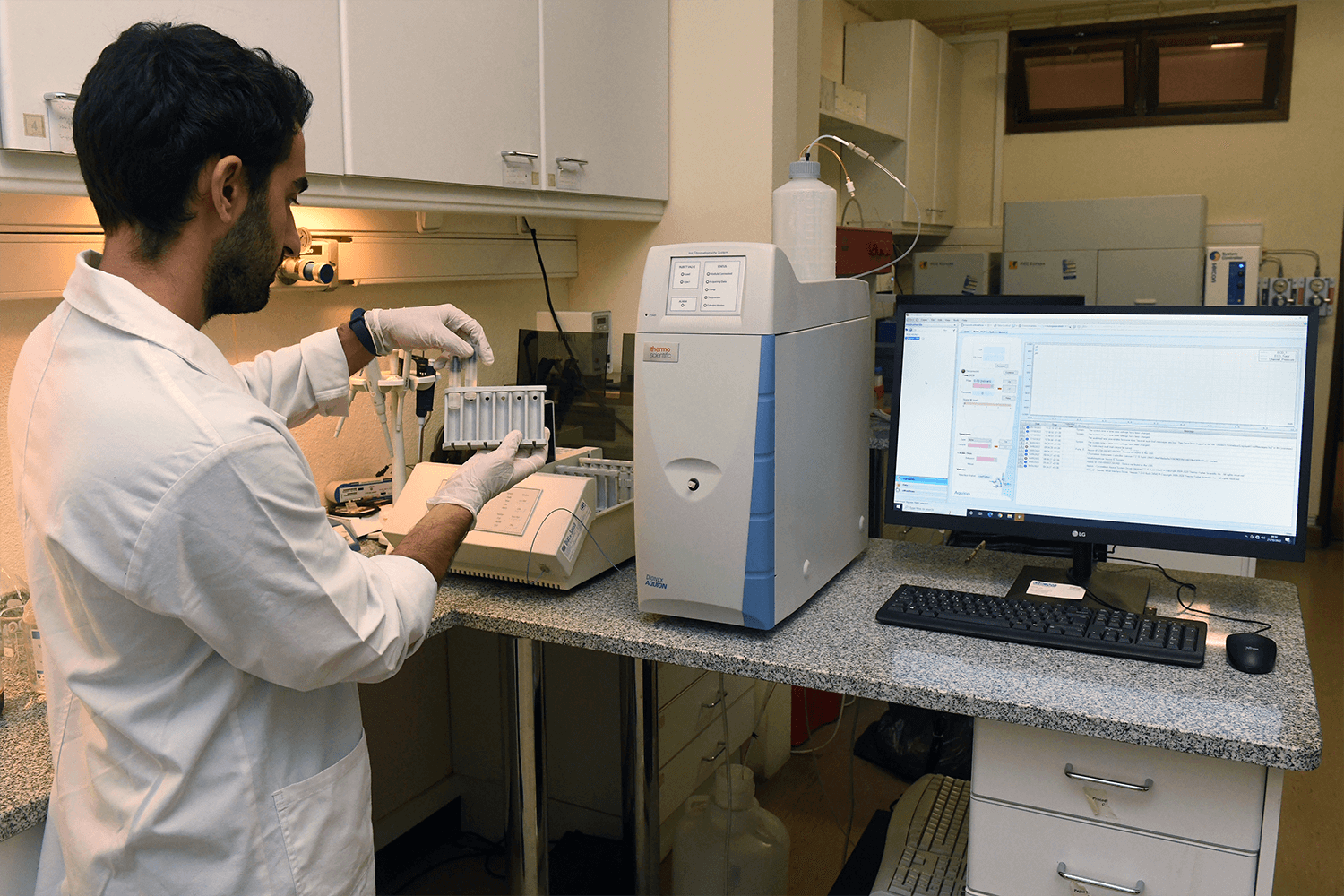Movement is fundamental to human functioning and is integral to leading a healthy life. CIPER's primary focus is on human kinetics, also known as kinesiology or human movement science (motricidade humana in Portuguese). This field encompasses diverse biophysical and social scientific disciplines examining human movement and its influences in various contexts like work, sports, exercise, and rehabilitation settings. Recent technological advancements have revolutionized the study of human movement, allowing for the collection of high-resolution spatiotemporal movement data through tools such as miniaturized sensors, smartphones, local positioning systems, and light-level geolocators. These innovations, including advanced methods for assessing total energy expenditure during daily activities, have resulted in substantial enhancements in data management, processing, and analytical techniques. Moreover, the exponential increase in computational power has fuelled an ecoinformatics revolution, enabling computations previously unfeasible on desktop computers. Internet networking has further facilitated access to vast databases, enhancing research capabilities in studying human movement. These breakthroughs have significantly enhanced our ability to address fundamental questions about human movement, including why people move, how they move, when and where they move, and the consequences of movement in terms of learning and development. Addressing these questions requires interdisciplinary collaboration among sub-scientific disciplines within human movement science, such as sport and exercise psychology, biomechanics, exercise physiology, and motor learning. The intersections between these sub-disciplines form the basis of what CIPER designates as the Human Kinetics framework. This framework provides a structured approach to addressing the complex and multifaceted aspects of human movement, facilitating interdisciplinary research and innovation in the field.
The World Health Organization has emphasized the importance of understanding how an individual's health status influences their daily life. This entails capturing the lived experience of health, integrating biological health—pertaining to bodily functions and structures that define organismic health capacity—with lived health, which encompasses an individual's actual performance of activities in their environment. This concept, articulated in the International Classification of Functioning, Disability and Health, introduces human functioning as the third indicator of health, alongside morbidity and mortality. Recognizing functioning as a bridge connecting health to individual well-being and societal welfare underscores its significance in promoting health and achieving the United Nations Sustainable Development Goal #3 of ensuring healthy lives and well-being for all ages. While indicators of functioning have long been utilized in health outcome measures, they often fail to fully capture its complexity. Functioning is not merely an outcome of health but rather a concept intrinsically tied to healthy life, encompassing the contextualized lived experiences of individuals and societies. Given the rising prevalence of non-communicable diseases and chronic health conditions, there is an urgent need to prioritize functioning in everyday life and in societal systems. Prioritizing functioning and performance in addressing health can yield significant benefits across various domains including practices, research, education, and policy. The interdisciplinary nature of human functioning integrates inputs and methods from diverse disciplines, offering a more comprehensive understanding of human health, particularly focusing on the performance of daily activities, even in demanding settings such as sport. The Human Kinetics framework serves as a powerful tool for delving into the mechanisms and patterns of movement, enabling a deep understanding of the repercussions of movement for individuals, communities, and populations over time.
Compelling data support the social, economic, and health benefits of sport and physical activity (PA), particularly in fostering positive youth development and enhancing the quality of life for adults and elderly. However, the extent to which these benefits can be generalized without considering the context of people’s daily activities remains uncertain, as exemplified by the widespread sedentarism. Our strategic research program main goal is ‘promoting human functioning through sport and physical activity across the lifespan’. It focuses on:
- Continuing to Generate New Knowledge with International Impact: We aim to produce cutting-edge research on human functionality. Emphasis will be placed on developing valid measures, conducting experimental observations and interventions, constructing models, and refining algorithms to understand how PA and sport behaviours influence functioning across the lifespan.
- Translate Research Outcomes: We seek to translate our research findings into actionable health policies and practices for PA and sport, employing tailored approaches for individuals and communities. By bridging the gap between research and implementation, we aim to maximize the real-world impact of our findings, ultimately promoting healthier, functioning lifestyles.
- Empower Interdisciplinary Research from the Outset of the Research Career: Our program is dedicated to fostering interdisciplinary research resources and cultivating advanced research capacities among young and mid-career investigators. By nurturing collaboration across diverse fields and expertise, we aim to drive innovation and push the boundaries of knowledge in the realm of human kinetics.
The research plan will be conducted across key life stages (children, adolescents, adults, elderly) and transitions, addressing key aspects of human movement (e.g., motor skills, morphological and functional adaptability, cognitive and physical performance, psychological self-regulation, bio-psycho-motor development) and across population settings and health conditions, based on four main pillars:
- Data Validity: Methods to measure PA, sport, and related movement variables have advanced rapidly. To progress beyond the state-of-the-art, we propose developing new advanced methods for integrating multiple reliable measures and creating new variables to measure situated movement ecologically and precisely.
- Observations: Our research aims to capture goal-directed movement according to task environment and understand its facilitators and inhibitors. Through in situ measurements and experimental studies, we will understand the mechanisms that direct PA and sport behaviours to functioning health, including performance achievement in settings such as sport or military. We will identify pathways of PA and sport behaviours, along with relevant mediators and moderators for targeted interventions with potential long-term functioning benefits.
- Modelling and Algorithm Selection: We will provide unique perspectives on different levels of analysis through complex modelling and algorithm selection to better understand functions, integrate measurements, and inform interventions. To achieve this, artificial intelligence tools play a central role, as demonstrated by our international endeavours. Additionally, we will innovate in applied function modelling by developing interactive tools informed by stakeholders' perspectives. These tools will integrate monitoring, personalized reporting, educational resources, and support networks to enhance effectiveness and usability.
- Interventions: The next critical step is to design and implement interventions tailored to different population groups and contexts, aiming to improve functioning through modifications in physical activity and sport behaviours. Identifying feasible and effective approaches will enable the translation of evidence-based interventions into everyday life.
The development of our program will entail further investment in interdisciplinary research resources and international collaboration, while also enhancing advanced research capacity across six central areas of scientific training:
- Building expertise in advanced human movement measurement, particularly through the integration of diverse metrics.
- Building expertise in intervention development and implementation, focusing on designing task constraints to accommodate environmental and individual features.
- Fostering research leadership by empowering younger researchers to lead projects and initiatives.
- Providing grantsmanship training, guided by senior researchers and scientific advisors, to enhance funding acquisition capabilities.
- Developing advanced skills in communicating and disseminating scientific information effectively to various audiences.
- Developing PhD programs guided by the Human Kinetics framework and informed by ongoing research at CIPER, reinforcing the existing program in Lisbon and establishing a new program in Coimbra.
Our vision entails a significant paradigm shift in recognizing human movement as a pivotal factor for functioning throughout life and across diverse contexts. We aspire to disseminate novel insights into community-based practices, thereby influencing policies and programs aimed at enhancing functionality through physical activity and sport. Central to our approach is the integration of interdisciplinary perspectives, blending biomechanics, physiology, psychology, and motor learning, to address gaps in knowledge and providing innovative training resources for practical application. In conclusion, our implementation process is based in ground-breaking science and supported by interdisciplinary collaboration and innovative methodologies. It holds the potential to develop new interventions and provide evidence-based guidance for recommendations aimed at improving functioning and well-being through sport and physical activity.








